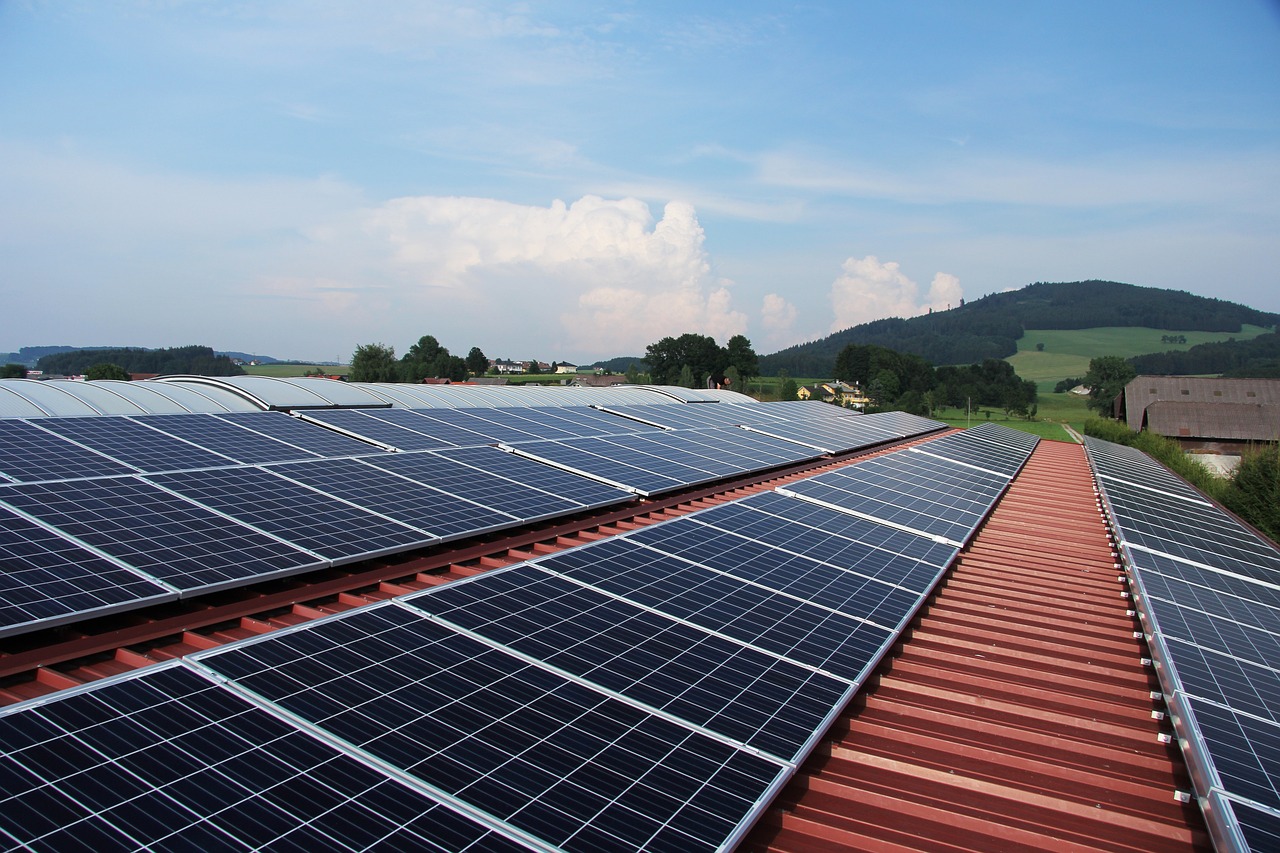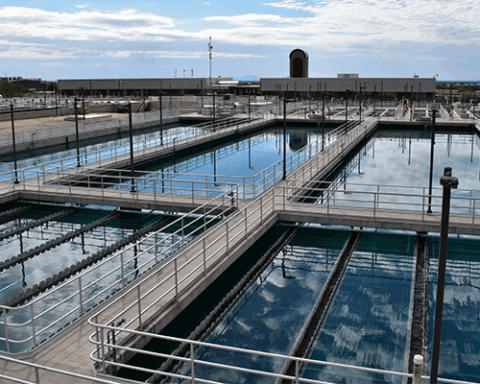The U.S. solar industry believes the time is right for massive investments in electric grid batteries. The Solar Energy Industries Association (SEIA) is setting a target for energy storage development in the United States, calling for 700 gigawatt-hours (GWh) of total installed battery capacity by 2030. The vision, announced alongside a comprehensive new whitepaper, includes deploying 10 million distributed storage installations across the country to strengthen grid reliability and enhance energy security.
One gigawatt of power is enough to provide electricity to about 876,000 homes. A gigawatt-hour represents a sustained output of one gigawatt for an hourlong duration, so 700 GWh would be enough to power more than 600 million homes for an hour. In practice, the batteries would complement solar generation and would not need to discharge all of their stored energy at once, as the U.S. only has about 145 million homes.
Current U.S. energy storage capacity stands at 83 GWh, including nearly 500,000 distributed storage installations. Industry forecasts project reaching only 450 GWh by 2030 under business-as-usual scenarios, but experts say expanding energy storage is crucial to meeting increasing demands with clean energy.
“Expanding energy storage capacity is a crucial means of ensuring our nation’s energy security and resilience,” said SEIA president and CEO Abigail Ross Hopper. “As demand for energy soars, storage helps turn quick-to-build, low-cost solar generation into clean, dispatchable power, ensuring our grid can adapt to challenges, support critical infrastructure and deliver reliable power to every community.”
The rapid growth of artificial intelligence, proliferation of data centers and increasing frequency of extreme weather events are all straining America’s aging grid infrastructure. Energy storage systems have become a powerful tool for maintaining grid reliability and enabling the transition to renewable energy sources. The technology allows excess solar power generated during the day to be stored and dispatched during peak demand periods or when the sun isn’t shining.
SEIA’s plan breaks down the 700 GWh target into specific segments, with 20% of installations (approximately 140 GWh) targeted for on-site residential, commercial, and community storage. The remaining 80% (560 GWh) would come from grid-scale storage projects.
To achieve these ambitious targets, SEIA outlines several key policy priorities in a whitepaper released in January including:
- Preserving the federal tax credit for standalone storage.
- Reforming interconnection processes to account for storage flexibility.
- Establishing affordable retail rates for storage charging.
- Supporting domestic manufacturing through targeted trade policies.
- Implementing state-level procurement programs.
Falling prices are helping drive storage adoption. Median prices for residential systems recently dropped below $2,000 per kilowatt for the first time, while utility-scale systems fell below $1,000 per kilowatt at the end of 2023. However, SEIA notes that supply chain constraints remain a concern, highlighting the need for policies supporting domestic manufacturing.
The organization highlighted that storage deployment must be equitable, calling for targeted support for vulnerable communities and areas disproportionately impacted by extreme weather and poor air quality. This includes higher incentives for low-to-moderate income households and strategic deployment near critical infrastructure in underserved areas.
SEIA is also releasing a new 50-state guide to energy storage policies to help stakeholders navigate the complex regulatory landscape. The organization plans to work with federal, state, and local policymakers to advance the necessary reforms and incentives to achieve its 2030 vision.
Image by schropferoval from Pixabay













